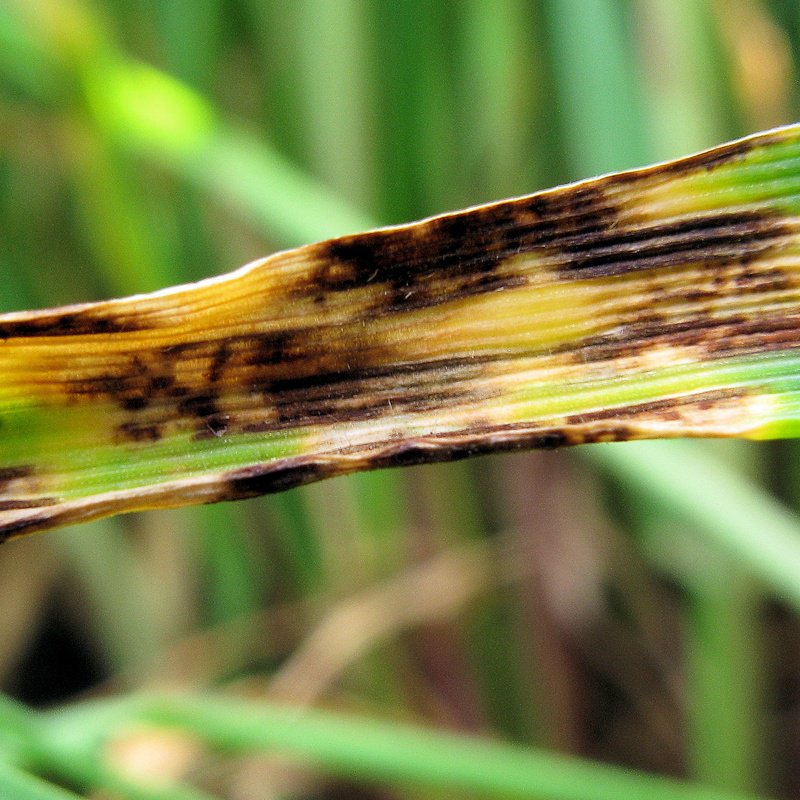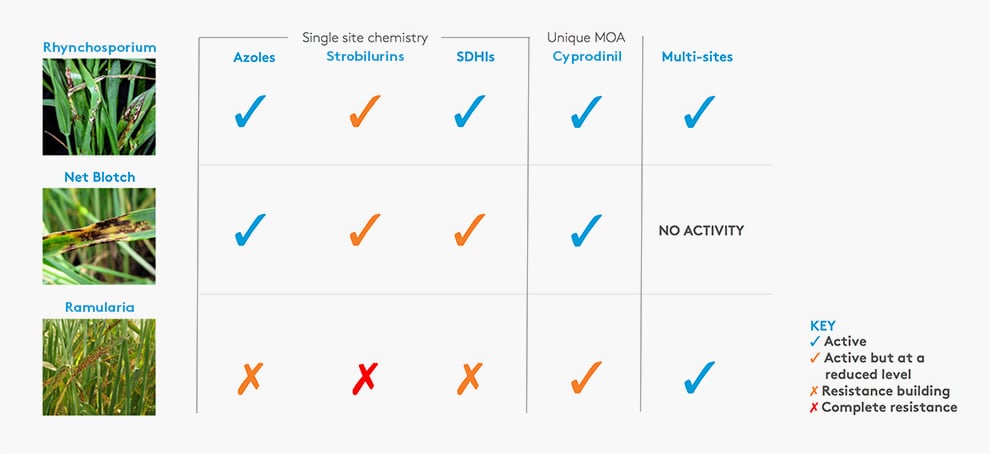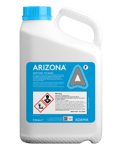2020 - Disease resistance in barley

While the current range of cereal chemistries is more effective against barley diseases than it is versus wheat infections, barley fungicide resistance is becoming increasingly problematic: against ramularia, the efficacy of prothioconazole has declined significantly, while strobilurins are already largely ineffective. Likewise, the field performance of strobilurins versus net blotch is variable (due to the FL129 mutation which conveys a partial resistance), with SDHI sensitivity shifts also confirmed. SDHI sensitivity shifts are also hampering protection against ramularia as are the erosion in efficacy of prothioconazole and increasing levels of strobilurin resistance.
This puts the multi-site group of fungicides at the forefront of the barley disease arsenal, although active ingredients such as folpet and chlorothalonil will only provide contact protection.
Current field performance of barley fungicides

Azole resistance
- Rhynchosporium: the performance of the azole group of fungicides has been in decline for a number of years although prothioconazole performance remains stable.
- Net Blotch: despite the existence of sensitivity shifts for a number of years, the azole group remains relatively stable, with prothioconazole still giving good levels of protection.
- Ramularia: reduced sensitivity has been seen across the azole group, with prothioconazole field performance issues reported in the UK since 2017. The ability to control ramularia infections with prothioconazole has been significantly reduced.
Strobilurin erosion
- Rhynchosporium: strobilurin performance is variable thanks to G143A resistance. Whilst efficacy has reduced, the best performing strobilurins continue to give decent protection.
- Net Blotch: partial resistance as a result of the F129L mutation has caused field performance to decline, performance now variable at best.
- Ramularia: monitoring shows that the G143A mutation now affects almost 100% of the UK ramularia population, therefore rendering strobilurins ineffective.
SDHI setbacks
- Rhynchosporium: despite a ‘moderate’ risk of resistance, SDHI fungicide performance remains stable at present and works well in mixtures with other actives.
- Net Blotch: isolates with reduced sensitivity to SDHI chemistries were first recorded in the UK in 2013, with reduced field performance confirmed in 2016. Further resistance development is anticipated.
- Ramularia: disease mutations to SDHIs have been detected across Northern Europe, with field performance issues confirmed in the UK since 2017. SDHIs currently provide variable efficacy at best.
Cyprodinil activity
As a unique mode of action belonging to the anilino-pyrimidine group of chemicals, cyprodinil is a useful addition to the barley arsenal as it increases the diversity of modes of action and reduces the potential for further resistance to single site chemistries to develop.
- Rhynchosporium & net blotch: performance is stable with no evidence of any sensitivity shifts or erosion in efficacy.
- Ramularia: while only providing relatively low levels of activity against ramularia, its performance remains stable.
Folpet for ramularia control
In contrast to single site modes of action, folpet has no known resistance issues and provides contact protection against rhynchosporium and ramularia. Modelling worked carried out by ADAS in 2019 has also shown that folpet can significantly prolong the effective life of prothioconazole and double the life expectancy of fluxapyroxad (SDHI).
In barley, folpet is flexible enough to be used at T0, T1 and T2: a well-timed T1 spray (typically GS 30-32 in winter barley or GS 25-30 in spring barley) is key to protecting the crop at tillering/stem extension and should be followed by a subsequent treatment at T2 (typically GS 39-49) to provide continued protection. Folpet is also flexible enough to be used at T0 (GS 25-30) and T3 (GS 49-59) where a three-spray programme is adopted in some winter barley crops, but growers must be aware that a maximum total dose of 3.0 L/ha is allowed.
Future-proofing disease control in barley
In order to protect the current armoury of single site barley fungicides, growers should implement the following tactics:
- Create a diverse fungicide programme
- Use several modes of action – including a multi-site – in a stacked and sequenced approach to prevent the over-use and over-exposure of any single active ingredient
- Use the minimum effective dose of each fungicide to control the pathogen(s) being targeted
- Integrate a range of appropriate cultural control methods to minimise the threat of disease
- Consider disease resistance ratings when selecting which variety to grow
- Delay drilling to reduce the crop’s exposure to disease
- Reduce the disease threat by using cultivation and establishment methods which remove volunteers and bury trash and debris from the previous crop
- Avoid using seed from affected crops as this can act as a source of re-infection
- Keep ahead of the disease
- Use disease forecasting tools to predict when crops are at risk from infection so that fungicides can be applied at the optimum preventative timing
- Spray applications must be stacked and sequenced so that they are timed to provide protection to each developing key leaf.
- Maximise the use of multi-site chemistry
Folpet should be included in the tank mix at T1 and T2 to protect the crop against rhynchosporium and ramularia at tillering and beyond. The most effective timing for ramularia control with folpet is T2/T3 (GS39-59) but results have shown improved efficacy from an additional earlier timing at T1.
 Folpet from ADAMA
Folpet from ADAMA
ARIZONA® is a unique multi-site protectant fungicide containing straight folpet at 500 g/L. In addition to providing activity against rhynchosporium in barley, it also provides useful additional protection against ramularia and has the added benefit of not interfering with the activity of partner azoles or SDHIs.
 United Kingdom
United Kingdom Select country
Select country



